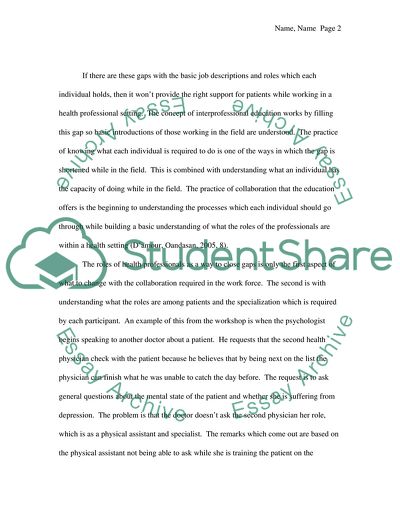Cite this document
(“Interprofessional Education Workshop Assignment”, n.d.)
Retrieved from https://studentshare.org/education/1581033-interprofessional-education-workshop-reflective-assignment
Retrieved from https://studentshare.org/education/1581033-interprofessional-education-workshop-reflective-assignment
(Interprofessional Education Workshop Assignment)
https://studentshare.org/education/1581033-interprofessional-education-workshop-reflective-assignment.
https://studentshare.org/education/1581033-interprofessional-education-workshop-reflective-assignment.
“Interprofessional Education Workshop Assignment”, n.d. https://studentshare.org/education/1581033-interprofessional-education-workshop-reflective-assignment.


